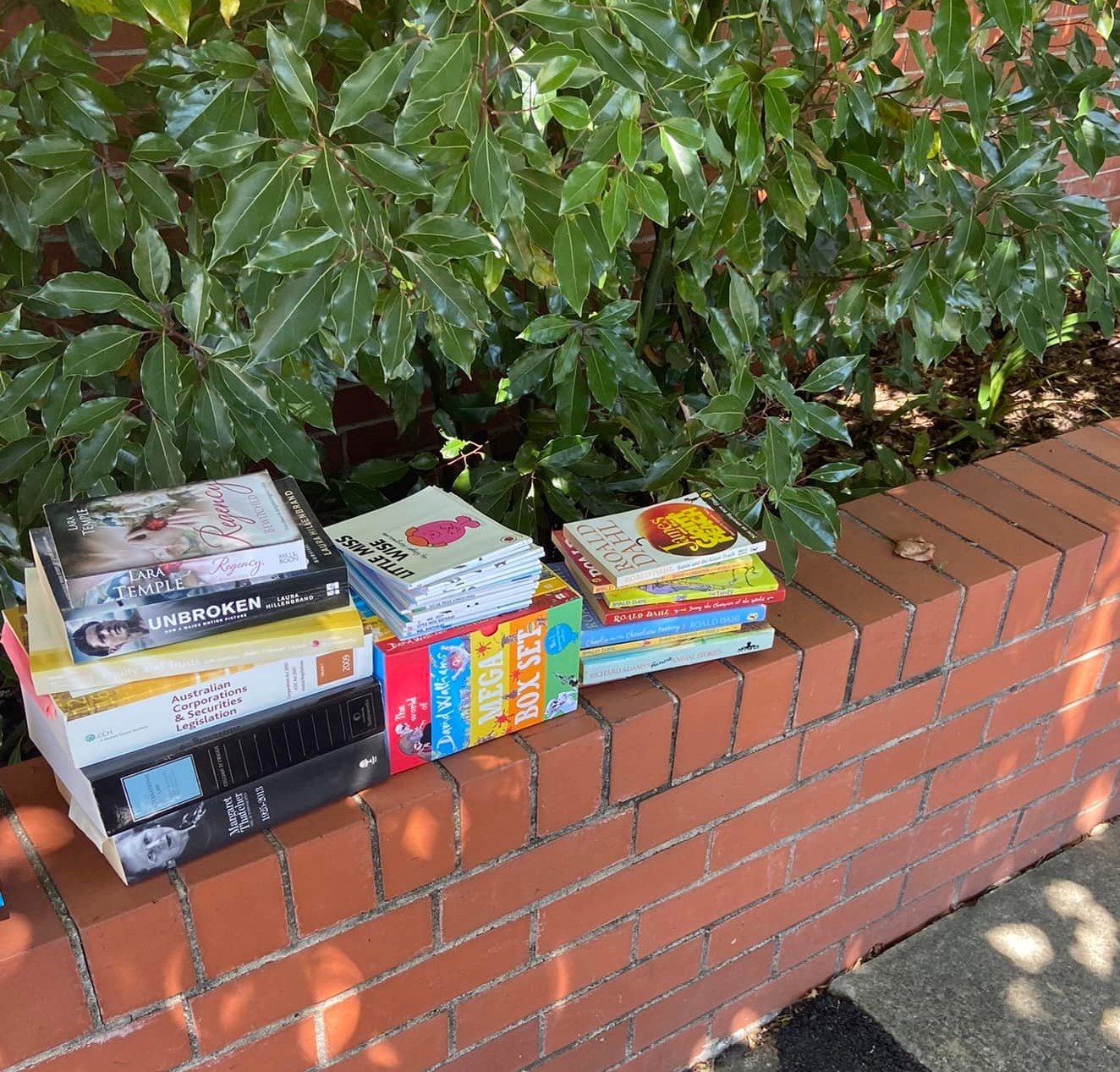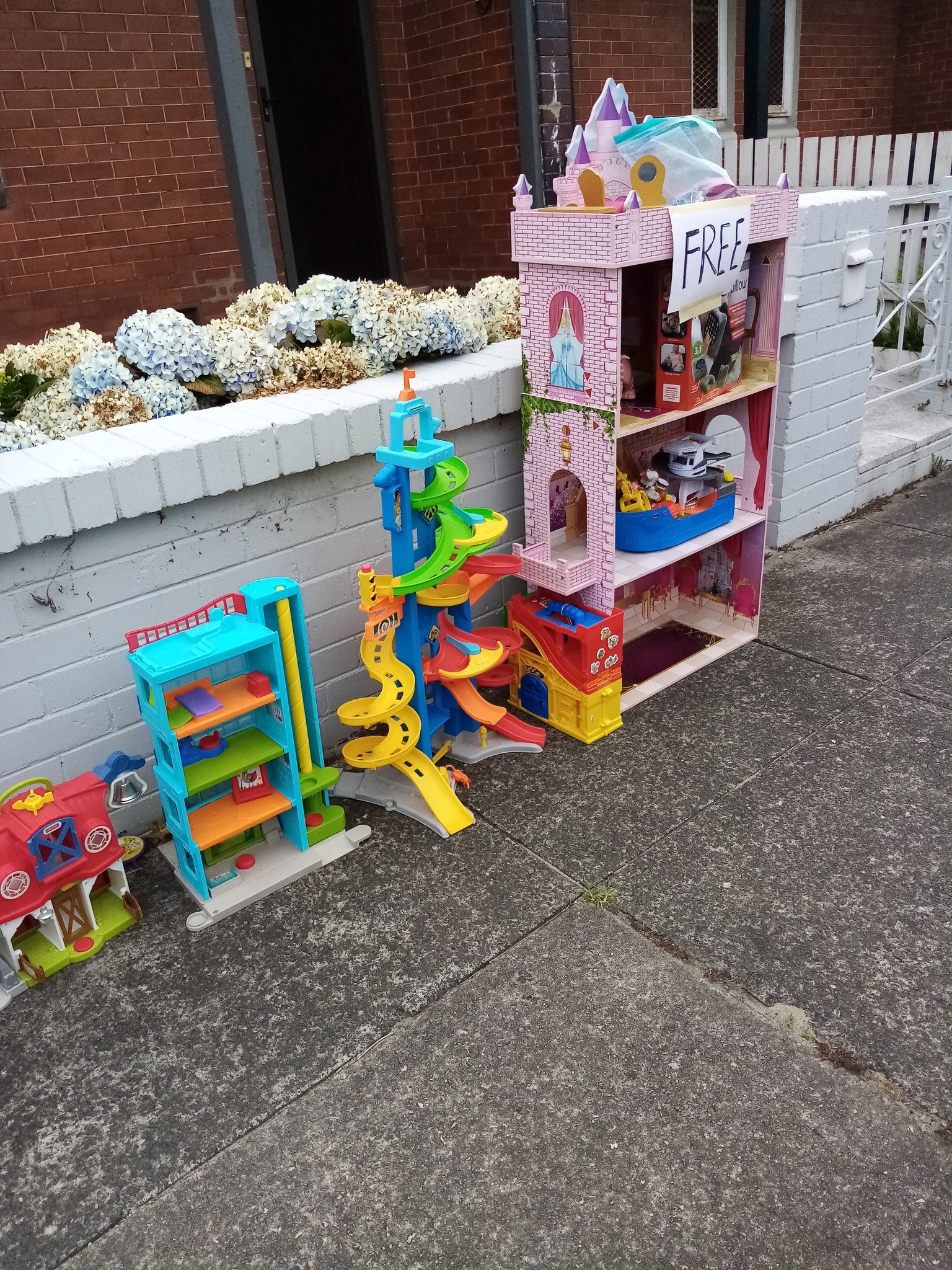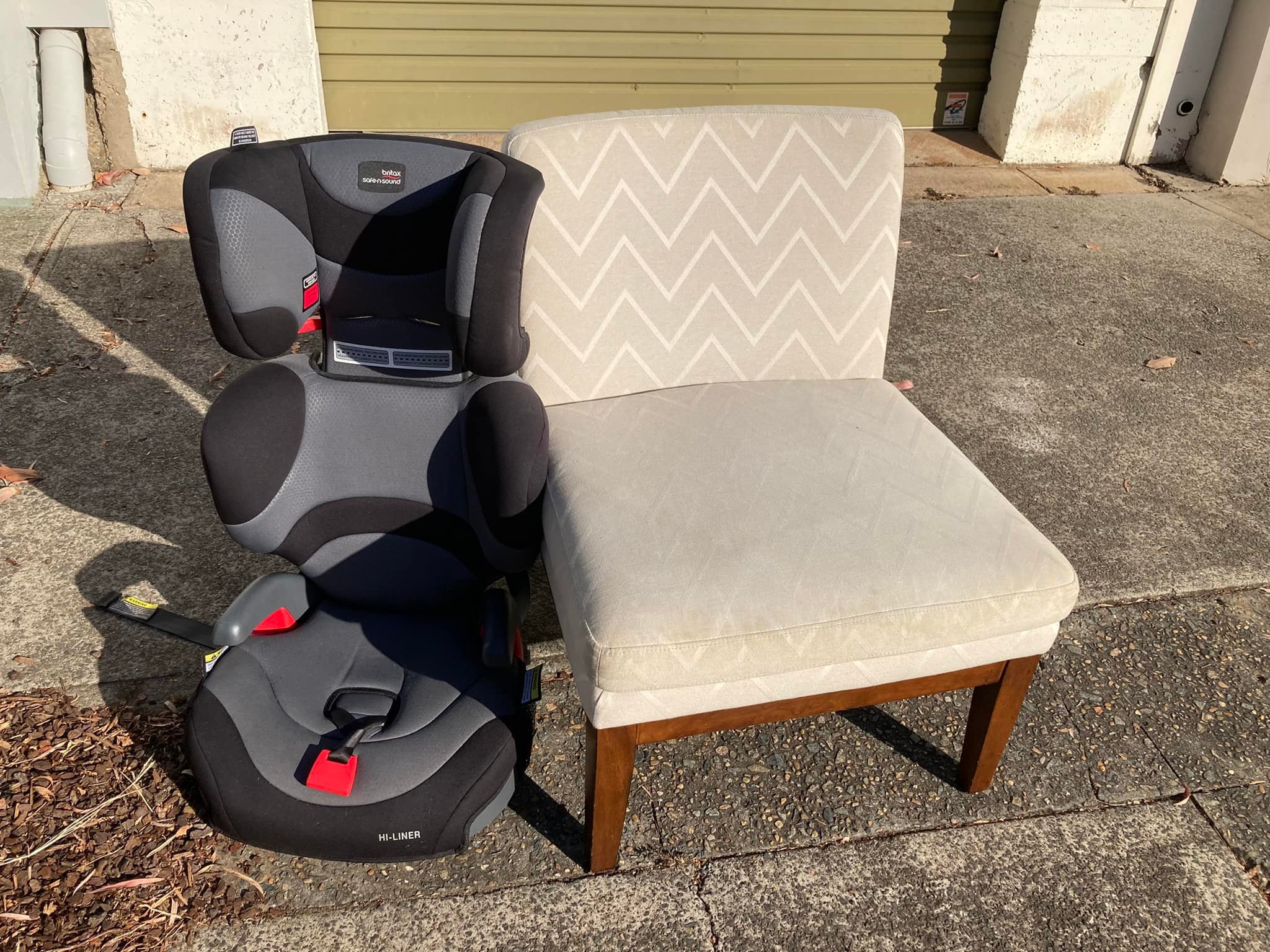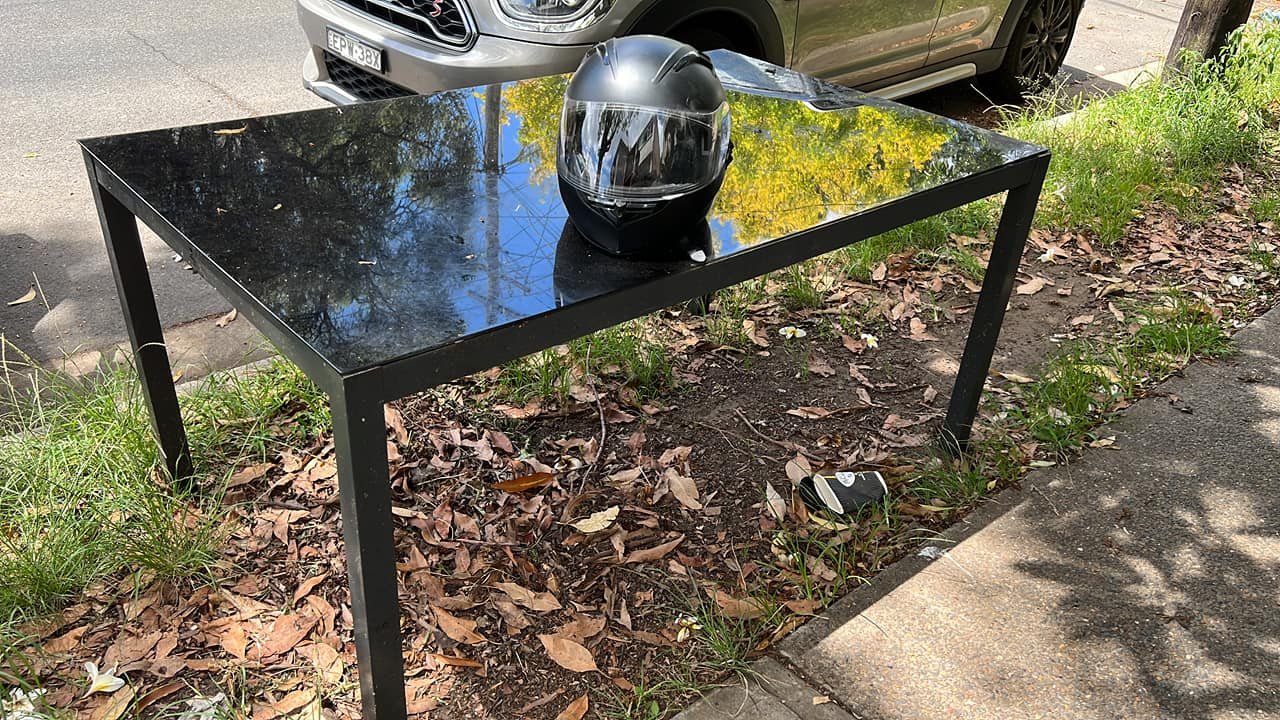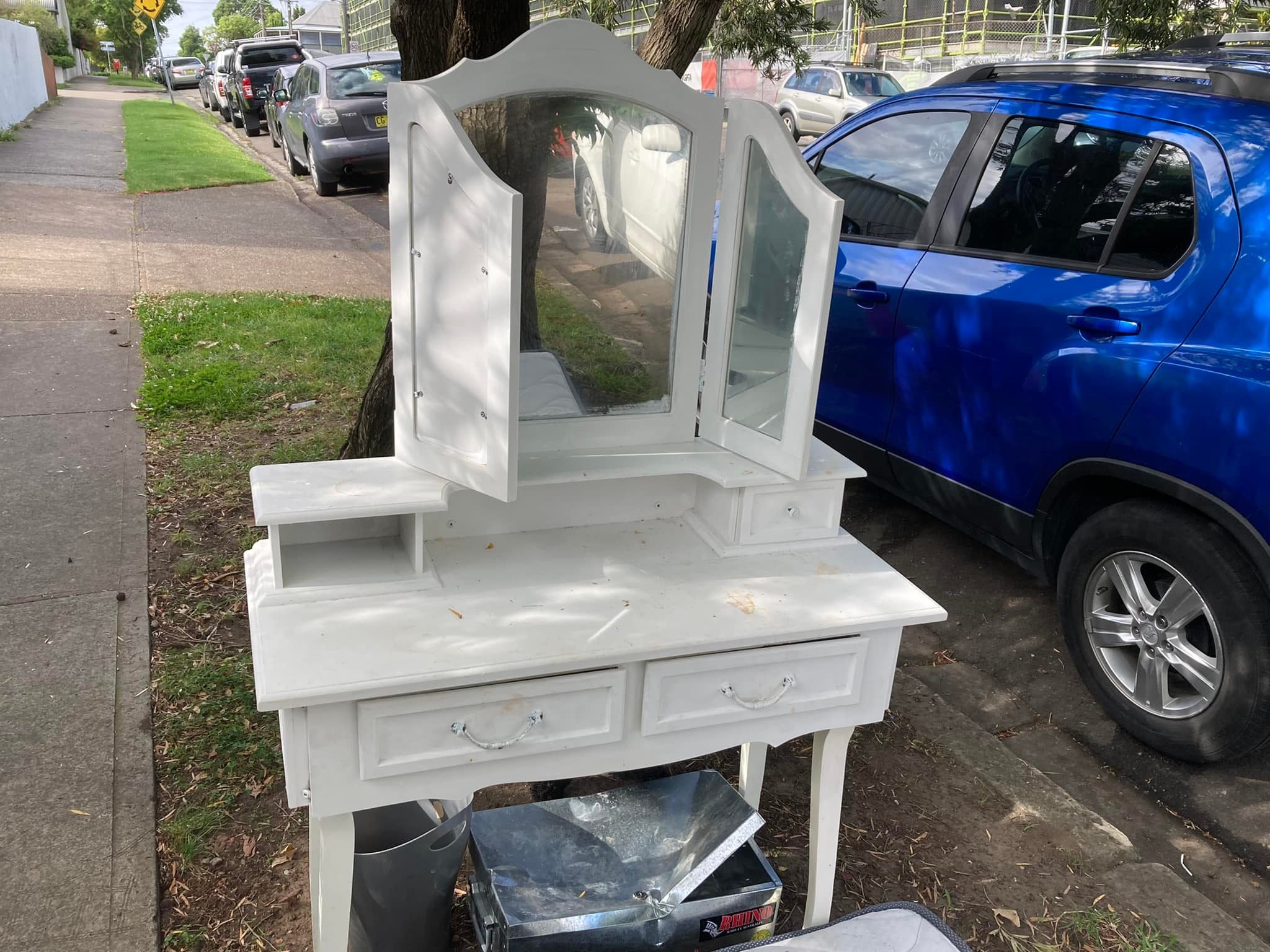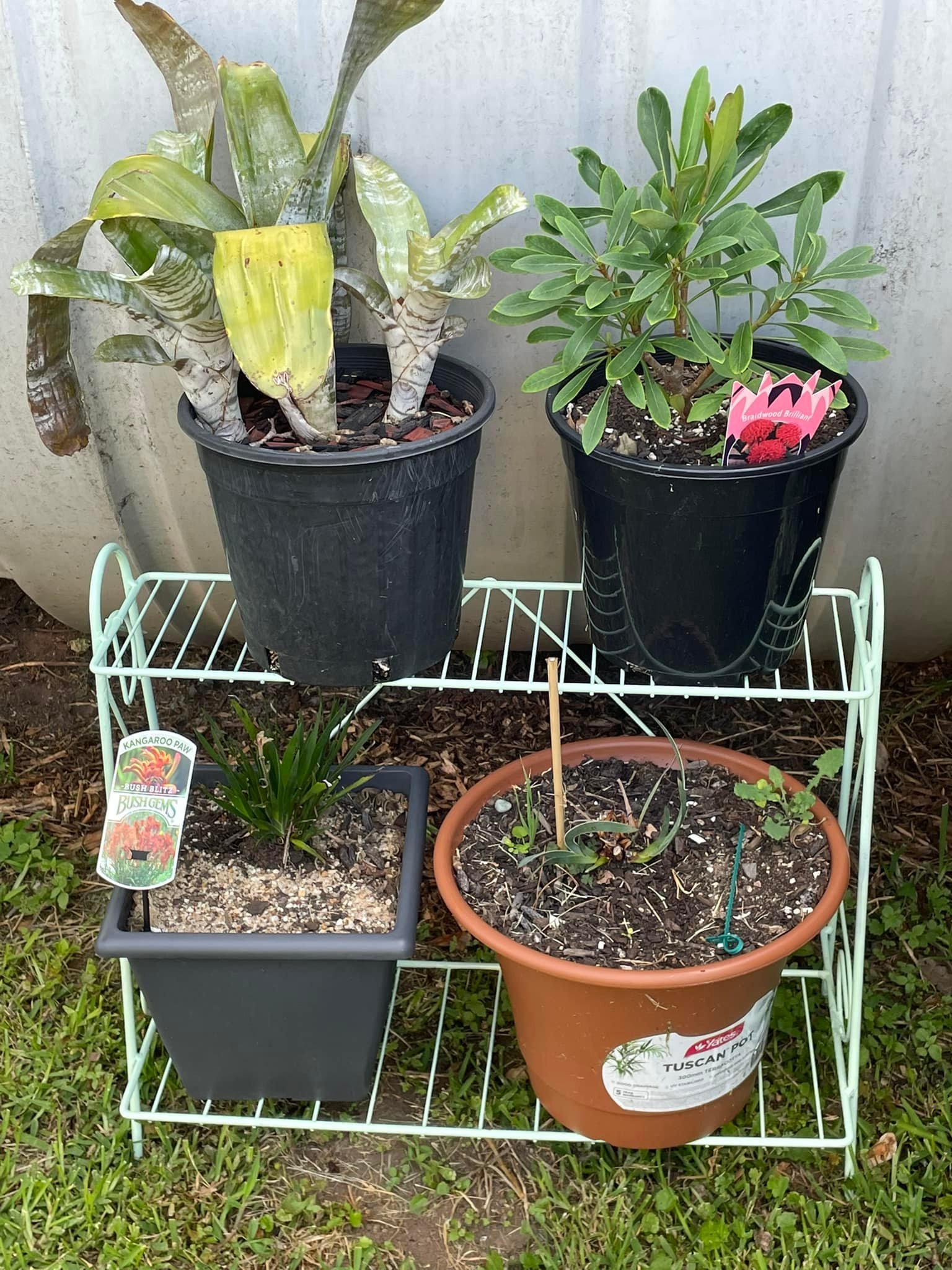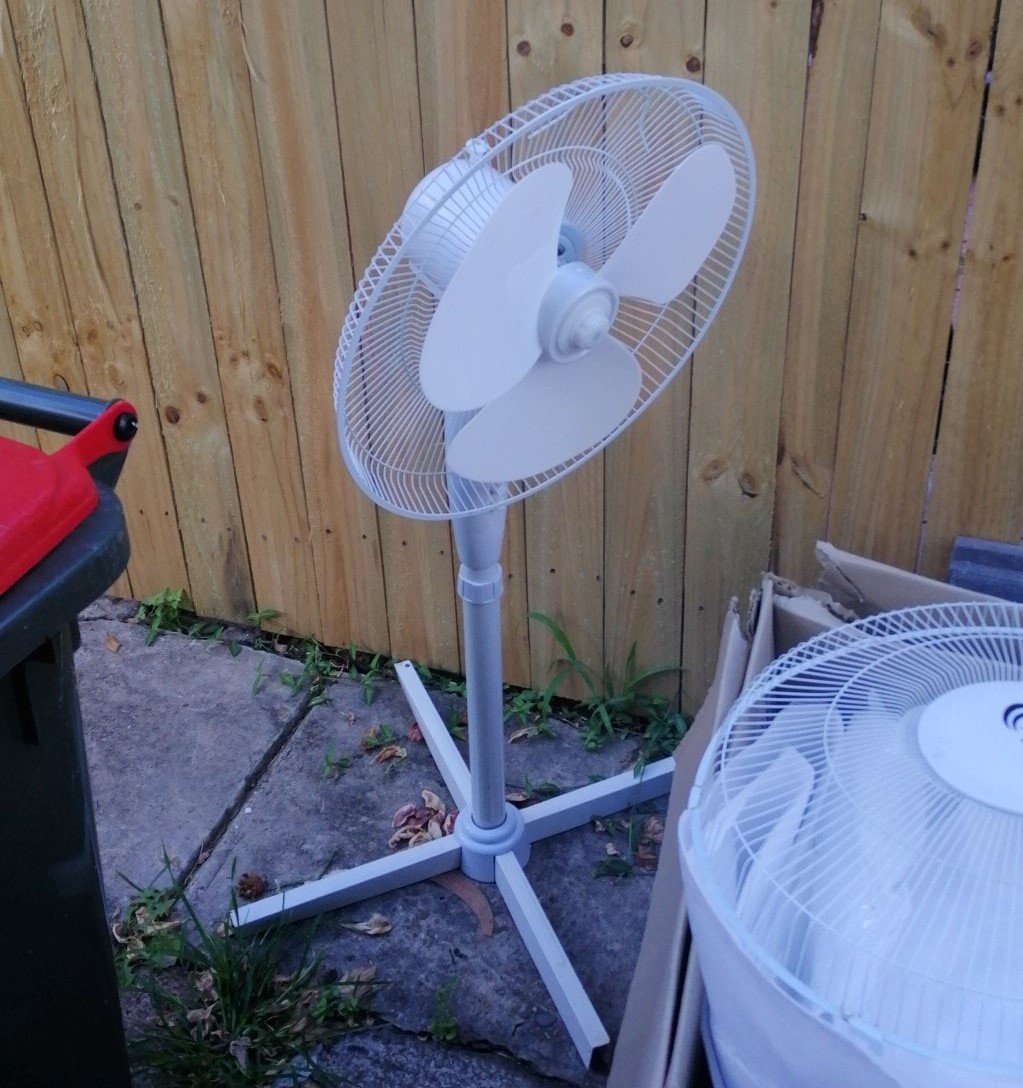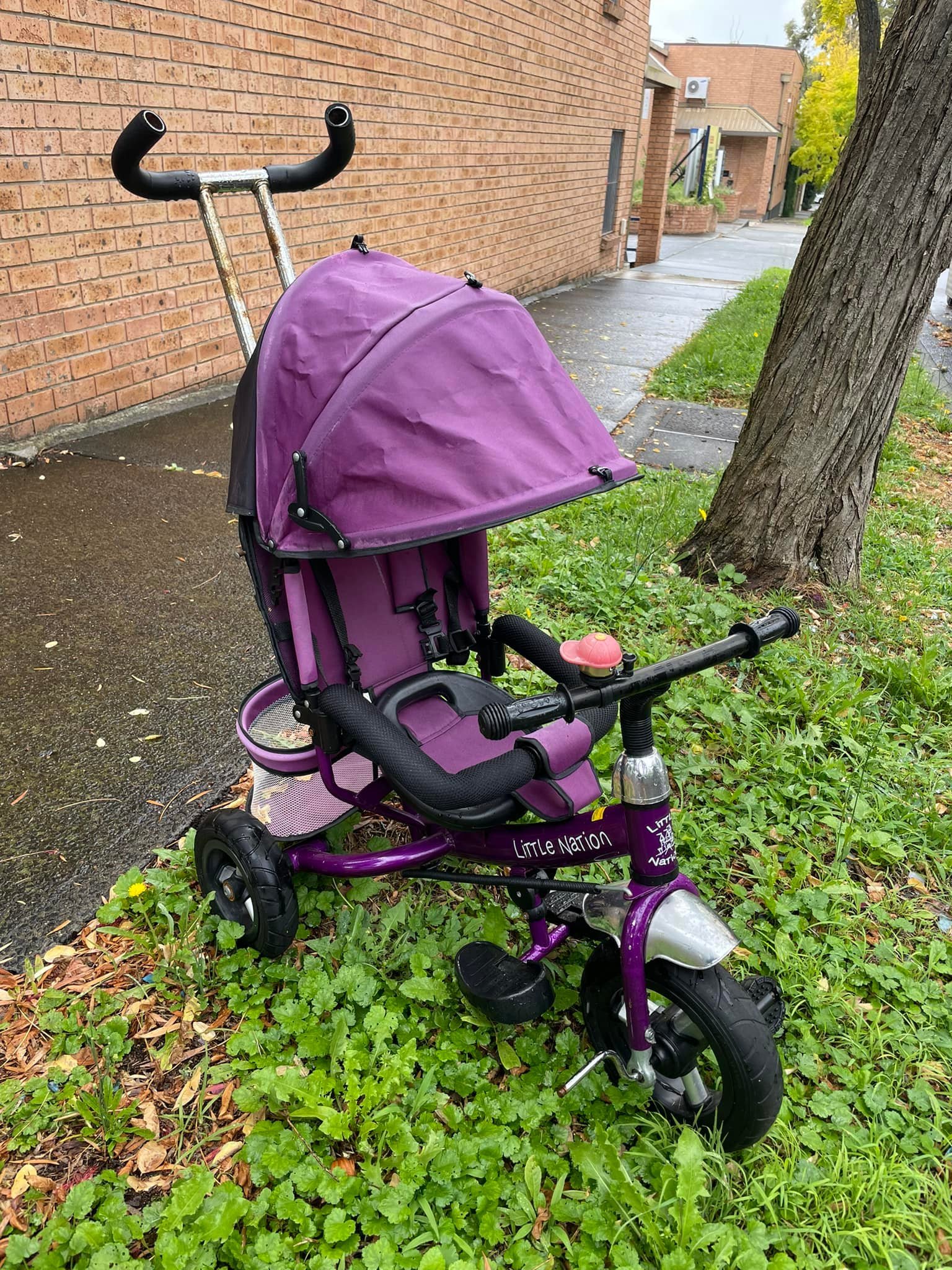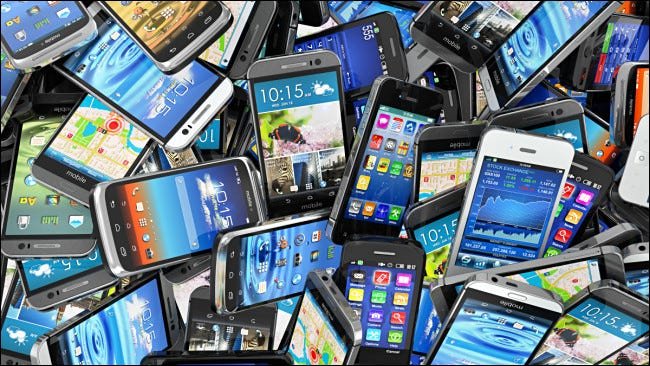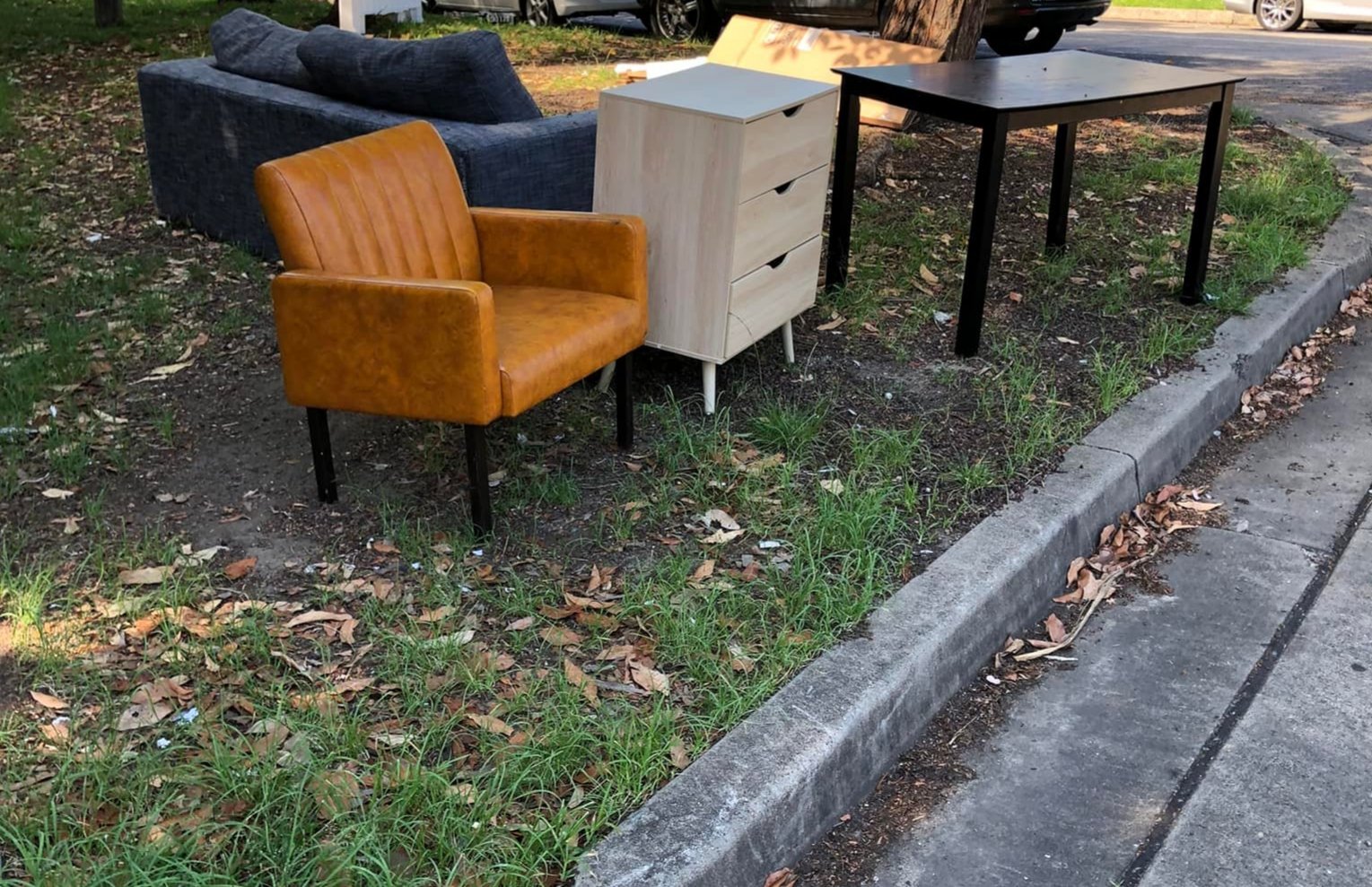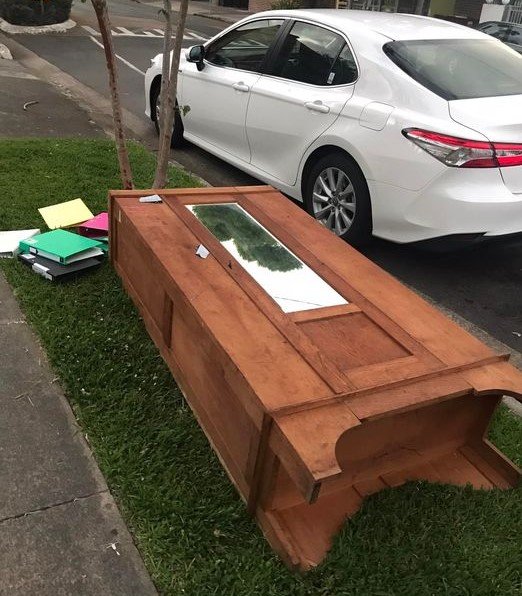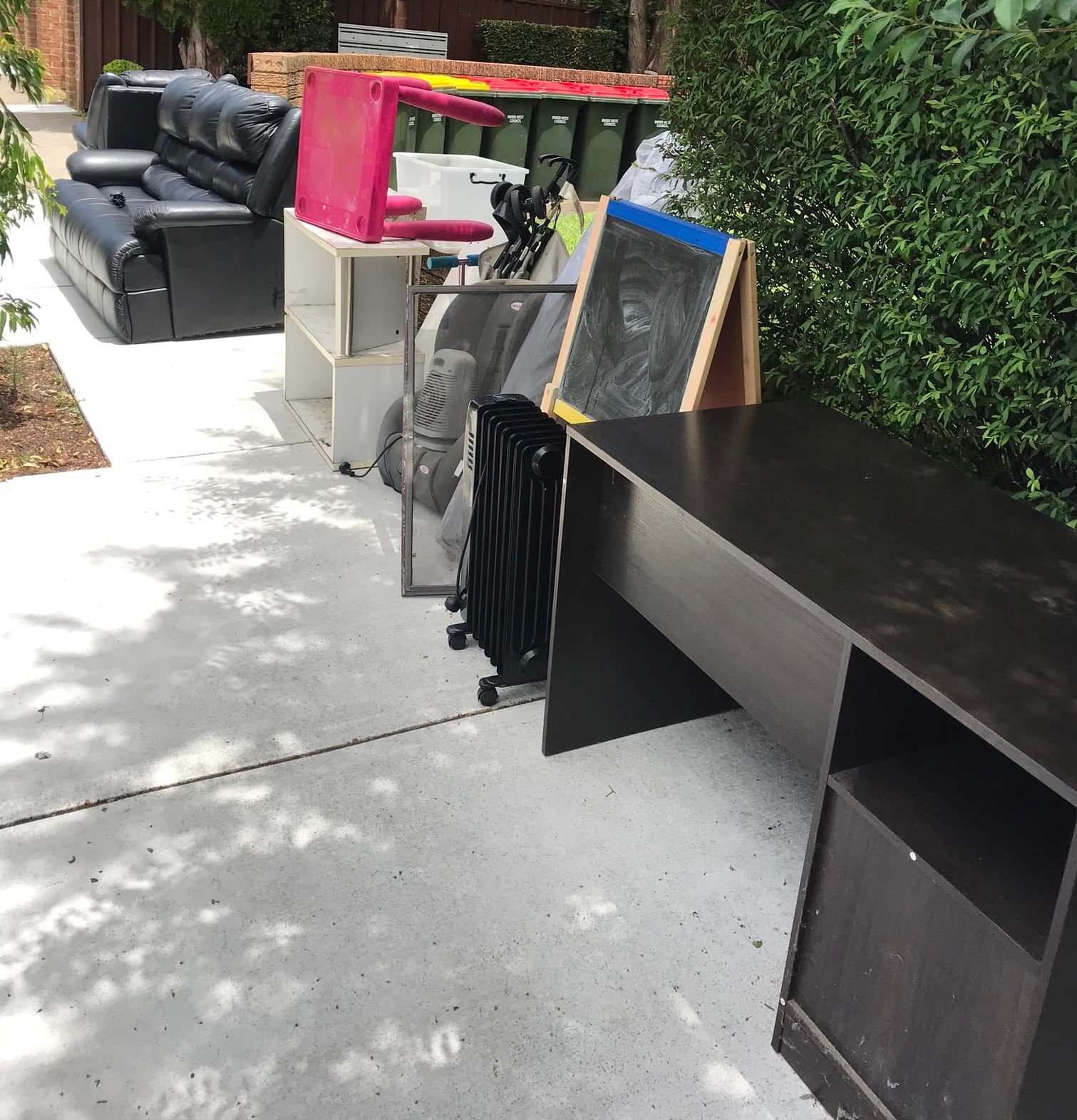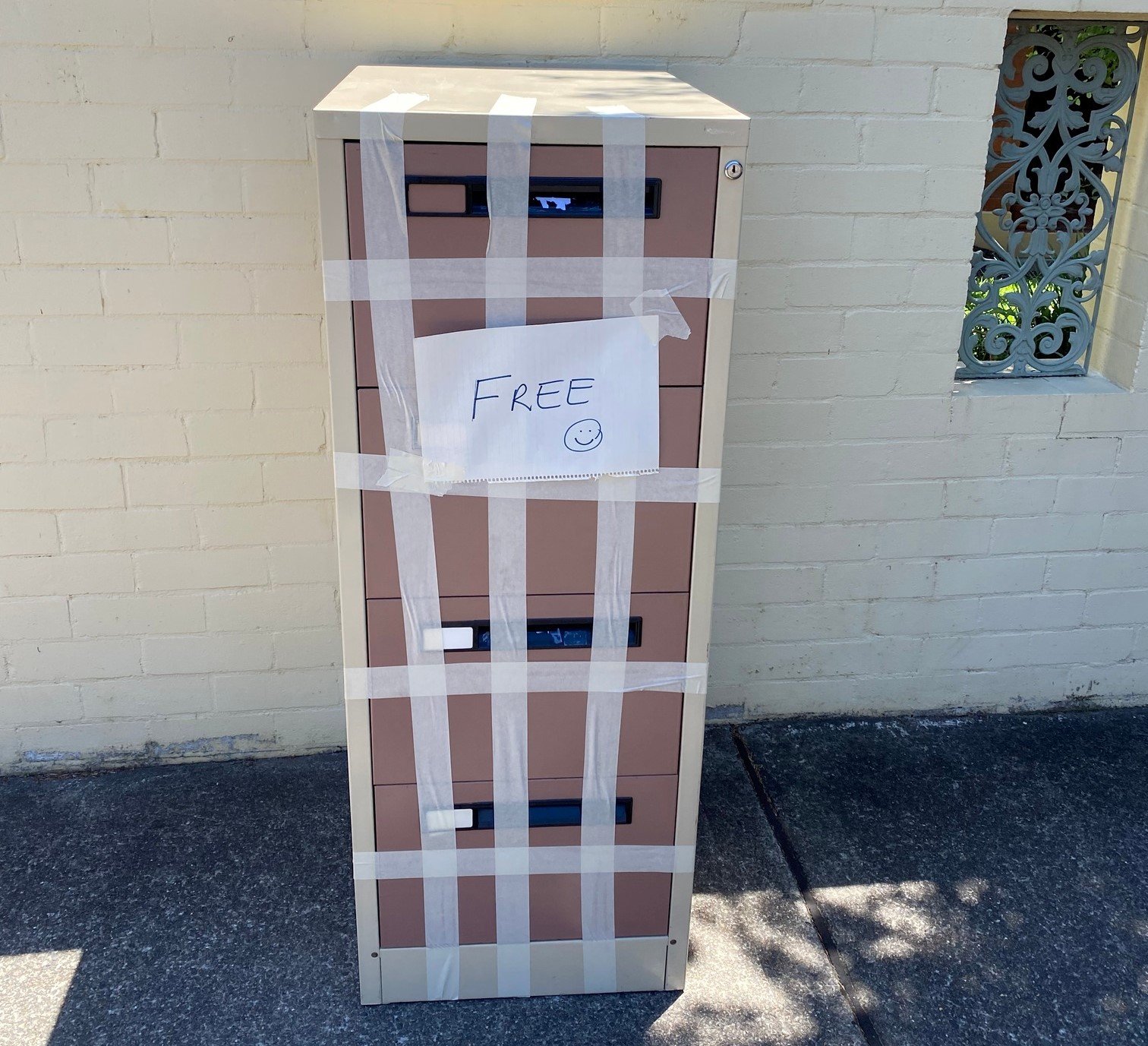Photo by Gene Gallin on Unsplash
Halloween makes the month of October the perfect face card of what intense food, clothing and plastic overconsumption and waste can look like.
Halloween is a holiday themed around the supernatural and occurs every year on October 31st. It’s celebrated with pumpkins being carved and hollowed to make jack-o-lanterns that sit on people’s porches, decorate their homes and Halloween parties. Halloween cannot be the holiday that it is without costumes. People dress up for the holiday as any character, person or thing. Then there’s the trick-or-treat rituals where children dressed in costumes knock on people’s doors in neighbourhoods on Halloween night to collect candy / sweets.
Photo by Conner Baker on Unsplash
With food and fashion being the stuff on Instagram legend, these Halloween rituals are classic social media fodder including TikTok. They help increase the holiday reach and spread across the world. As much as the holiday is immensely fun for its patrons, it’s incredibly scary how much waste is generated during Halloween season particularly with costumes, plastics and food. It appears a circular economy system to eliminate waste should creep into Halloween rituals while keeping the fun parts alive.
Even though it’s rooted in Irish history over 2,000 years ago, Halloween has been a long-standing tradition in the U.S. circa 1840s. The holiday has grown in popularity around the world in the last couple of decades and so too have its waste-ridden customs. Many countries have been gradually making the holiday part of their social culture across the globe with Australia being one of them.
In Australia, one in four (5 million) Australians now celebrate Halloween according to the Australian Retail Association (ARA). They found that Halloween retail spending was set to hit A$430 million or an average of $86 per person in 2022. A joint research report by Roy Morgan and ARA posits that in 2023 this figure will rise to A$490 million spent on Halloween. With over 5.3 million Australians celebrating Halloween this year, there’s a 14% increase of $A60 million.
Shop Photo by Nithin Shetty on Unsplash
And each year in the month of October and the lead up to the 31st, retail, e-commerce sites and grocery stores cast spells over customers to make them buy mass-produced Halloween food, candy, costumes, decorations and other paraphernalia. Most of this stuff ends up in landfill shortly after the holiday is over. This annual consumerist ritual is incredibly fun for some people, but it has an economic and environmental cost to the planet.
In an article I wrote in 2021 called Christmas is the greatest annual environmental disaster, I shared that,
“Black Friday marks the annual initiation into the season’s global overconsumption ritual. It usually starts with Black Friday, goes into Christmas, gets hotter on Boxing Day then New Year’s and all throughout January. Our modern culture has set up this period as the festival of superfluous overconsumption. So it’s primed for voracious use of material things far beyond any other time of the year.”
With Halloween on the rise around the globe, in my opinion it has now joined the ranks of Black Friday and Christmas as the commencement into the season of cultural hyper waste that’s exacerbated during Christmas.
Halloween has infiltered a portion of Australian mainstream culture and there’s evidence that it’s going to continue growing in popularity. Let’s look at how much waste is generated in the US and the UK during the holiday to get a glimpse of what’s in store for countries like Australia with regards to waste. And significantly, how we can have more sustainable Halloween celebrations from now on and into the future.
Photo by Erica Marsland Huynh on Unsplash
The OG: Halloween in the U.S.
Holiday spending peaked at $10.6 billion in 2022, according to the U.S. National Retail Federation.
Food Waste - Every year almost 2 billion pounds (907,000 tonnes) of pumpkins are grown in the US and over 1 billion pounds (590,000 tonnes) of pumpkins are wasted and end up in landfill. 40% of consumers in the US buy pumpkins to carve out jack-o-lanterns. 60% of this demographic throw out the pumpkin flesh and seeds afterwards. This contributes to about 30.3 million tonnes of food waste in the U.S every year. Pumpkins (and other food) decomposing in landfill produce methane, which is a greenhouse gas twenty times more potent than CO2 to the planet.
Candy waste – With sweets (candy) being a fundamental part of Halloween, Americans buy almost 600 million pounds (about 272,000 tonnes) the equivalent of 6 titanic ships of candy each year according to Forbes and the National Retail Federation. This equates to $3 billion in candy sales. Next Gen Personal Finance claims that Americans throw away about $400 million worth of uneaten Halloween candy. There’s also the issue with candy wrappers and plastic packaging that goes straight to landfill or worse - the ocean!
Photo by Sebbi Strauch on Unsplash
Plastics waste - Plastic candy packaging is a good segway into the topic of Halloween plastic waste. Most candy wrappers are made of plastic and are not recyclable because they are made of mixed materials such as aluminum, which means they’re considered to be contaminated. And therefore, more difficult to recycle.
Some of the major candy companies in the US have taken baby steps towards recycling candy wrappers with promises to have recyclable packaging by 2030 (Hershey) or 2050 (Cadbury). Terra Cycle has a Zero Waste Box for $96 where people can purchase and fill with candy wrappers then post back to the company with prepaid shipping. This is not cost -effective especially when it’s so much easier and more affordable for customers to throw wrappers in the trash.
Photo by Alonso Reyes on Unsplash
Costumes – Nothing conjures up Halloween feels like a good costume. However, the problem is that 83% of Halloween costumes are made from petroleum-based plastic like polyester, PVC, acrylic, or spandex that cannot be easily recycled. And with about 35 million costumes being thrown away in the US each year, almost 2,000 tonnes of plastic waste goes to landfill. It takes hundreds of years for plastic to decompose.
Halloween in the UK
Photo by Dan Smedley on Unsplash
Halloween has become quite popular in the UK to the point where its been estimated that people in the UK spent over £600 million (about A$1.2 billion) on Halloween festivities in 2021.
Food waste – Hubbub, a British environmental organisation did a study on the country’s environmental waste. They posit that out of an estimated 39.9 million pumpkins purchased in the UK every Halloween, 22.2 million will go to waste. About 24% – 50% of perfectly edible pumpkins are discarded because of cosmetic standards which is higher than any other vegetable in the UK according to Sustainable Food Trust. Not only is this at a disadvantage to the environment but it adds to the £15 billion (A$29 billion) of food waste in UK homes every year. The financial loss of this pumpkin waste is a shocking £32.6 million (A$63 million).
Costumes - Considering Halloween costumes are often designed for single use, the planned obsolescence of Halloween costumes fuels the disposable, throwaway culture with clothing, synthetic textiles and other materials. The outcome is an estimated 2,000 tonnes of plastic waste (equivalent to 83m bottles) being generated from Halloween attire sold by major UK retailers. Hubbub reported that around 7 million costumes are thrown away every year in the UK. This year, 94% of families plan on buying costumes for Halloween according to Waste Managed, UK. A ghoulish fact about these costumes is that 4 out of 10 are usually only worn once!
Photo by Lance Reis on Unsplash
How to have a sustainable Halloween
Halloween is haunted by waste that seems to get worse globally each year and we can’t ignore this fact any longer. We need to make Halloween sustainable by embedding circular economy principles into Halloween. This means keeping materials in use and out of landfill for as long as possible by composting, recycling, repurposing, eliminating planned obsolescence, reselling and designing products for reuse. We want to create a circular Halloween system(s) where everything is reused or regenerated in some shape or form from now on. Here’s a few ideas to get started, however, feel free to keep building upon them so that we have a shift in the waste culture with healthier systems that can thrive.
1.Costumes
Extending the life of clothes by just nine extra months of active use reduces carbon, water and waste footprints by around 20-30% each. Reusing costumes instead of buying brand new costumes reduces the amount of virgin resources and materials extracted from the earth. This curtails the negative impact on the environment and lessens the use of petroleum-derived fabrics like polyester and scales down deforestation to grow cotton and other textile crops. The result of diminishing production activities like these is that it slows down biodiversity loss. Reusing costumes also lessens clothing waste by keeping them out of landfill for longer.
Thrift / Goodwill - We want to quit the throwaway, disposable culture of fast fashion costumes to landfill. So, reusing costumes is definitely where to begin. However, reusing the same costume as the same character every year will be boring and not ideal for most people. In that case, you can find costumes from thrift stores at different times of the year and not just in October.
Photo by Kashawn Hernandez on Unsplash
Make your own costume - You put together or make your own costume by restyling or upcycling using repurposed materials. Find inspiration from Pinterest, YouTube, Instagram or TikTok.
Costume clothes swap - Host or attend a costume clothes swap or general clothes swap to donate and acquire costumes. Here’s an article with swap ideas and a page with resources on how to run a clothes swap. Also remember to donate costumes when you’re done with them.
Borrow, rent or hire your costume - There are shops online and in-person that offer costume hire services. Borrowing from friends can also be an option.
Cancel planned obsolescence culture - Making the Halloween costume culture sustainable for all future Halloween holidays is absolutely critical. Everyone can contribute to making this happen by contacting major retailers and companies that make or sell costumes intended for single use. Hit them up on social media and send emails insisting they end planned obsolescence and implement circular design, use natural textiles and better-quality materials in all aspects of their costumes. This means the costumes will be higher quality and can be reused or repurposed instead of going into landfill after Halloween.
2. What do about pumpkin and other food waste
Photo by Element5 Digital on Unsplash
Remember that food waste releases the greenhouse gas, methane which contributes to the climate crisis.
Use the pumpkin carvings for food - 18,000 tonnes of pumpkins in the UK are thrown away each year which is roughly 360 million pieces of pumpkin pie! If you’re carving pumpkins to make jack-0-lanterns, use the flesh and seeds for food instead of throwing it away. Search for pumpkin recipes like pumpkin pie, soups, wine, roasted pumpkin gratin, muffins, cakes, dips, breads, sauces, etc. It can also be fed to animals.
Freeze or preserve leftover pumpkin to use at a later date if that’s preferable. You can also freeze leftover foods in general, including Halloween candy.
Composting - When Halloween is over, your jack-o-lanterns can go into the compost bin instead of the trash. If you don’t have a place to compost, try the ShareWaste app in Australia to find a place to compost in your local community. The Pumpkin Smash by SCARCE is the U.S. equivalent for pumpkin composting. Otherwise consider creating a community compost for your neighbourhood if there’s available space and resources.
3. Halloween Decorations
If you’re putting up Halloween decorations, be aware that fake cobwebs are a death trap for animals like birds because they can get tangled up in them and die.
Photo by Kyle Cleveland on Unsplash
Like costumes, it’s best to acquire secondhand decorations, make your own decorations, reuse decorations from previous years. You can also swap decorations with friends and neighbours or buy sustainable ones that are made sustainably, and can easily be reused, repurposed or recycled. Make sure the standard is good enough that you can use again.
If you’re trick-or-treating, decorate household items like buckets, pillowcases and old bags to use for collecting candy instead of buying plastic trick-or-treat buckets you find in department and grocery stores.
4. Sweets and treats
If you’re having a Halloween party, consider making your own sweets and treats instead of buying plastic-wrapped ones. Or opt for candy with minimal or recyclable packaging.
Use your voice. Mars, Hershey, Mondelez (Cadbury), Nestle and TerraCycle have made efforts and in some cases, promises to have recyclable candy packaging by 2025 or 2030 but it’s not enough. Packaging that’s compostable or recyclable also needs to be easy and convenient for customers to recycle and compost. If you’d like to see an end to the candy packaging waste, contact major candy brands to insist on more circular design of packaging before products are made. Meaning these candy manufacturers or retailers will need to create a transparent plan for what will happen to every candy wrapper after it’s used so that it’s either repurposed, recycled at high quality or composted with ease.
5. Halloween parties
Quit using single use disposable plates, cups and cutlery for Halloween and other parties. Wooden single use disposables are still not okay to use because a lot of energy and raw materials go into making these products. And when we use them once and then dispose of them, it’s a tremendous waste of resources. For instance millions of trees are cut down to make wooden products. This deforestation destroys ecosystems and contributes to biodiversity loss where more animal and plant species become extinct. Opt for reusable metal utensils, aluminum, glass or ceramic plates and pans instead.
Photo by Libby Penner on Unsplash
Photo by Bee Felten-Leidel on Unsplash



























